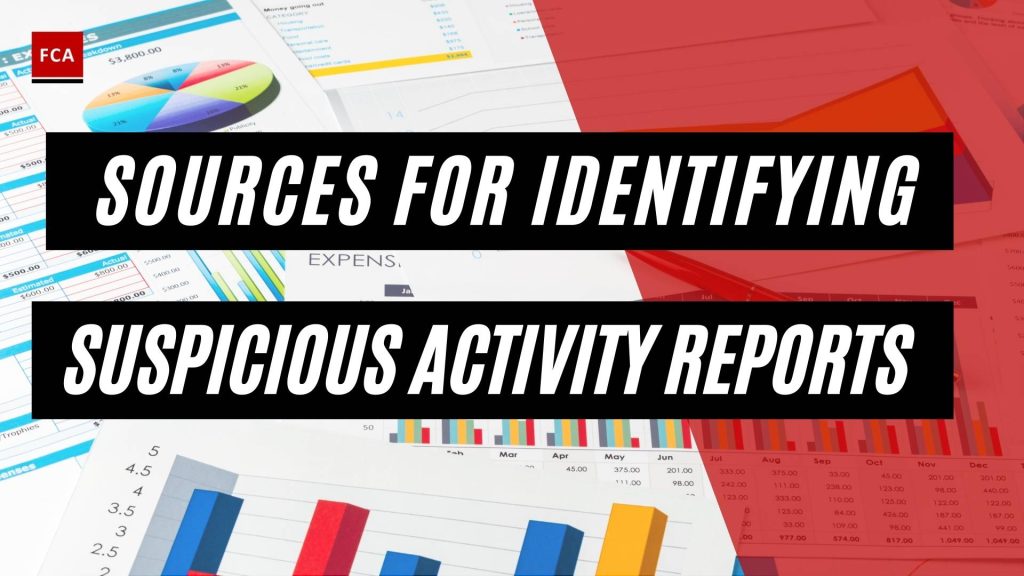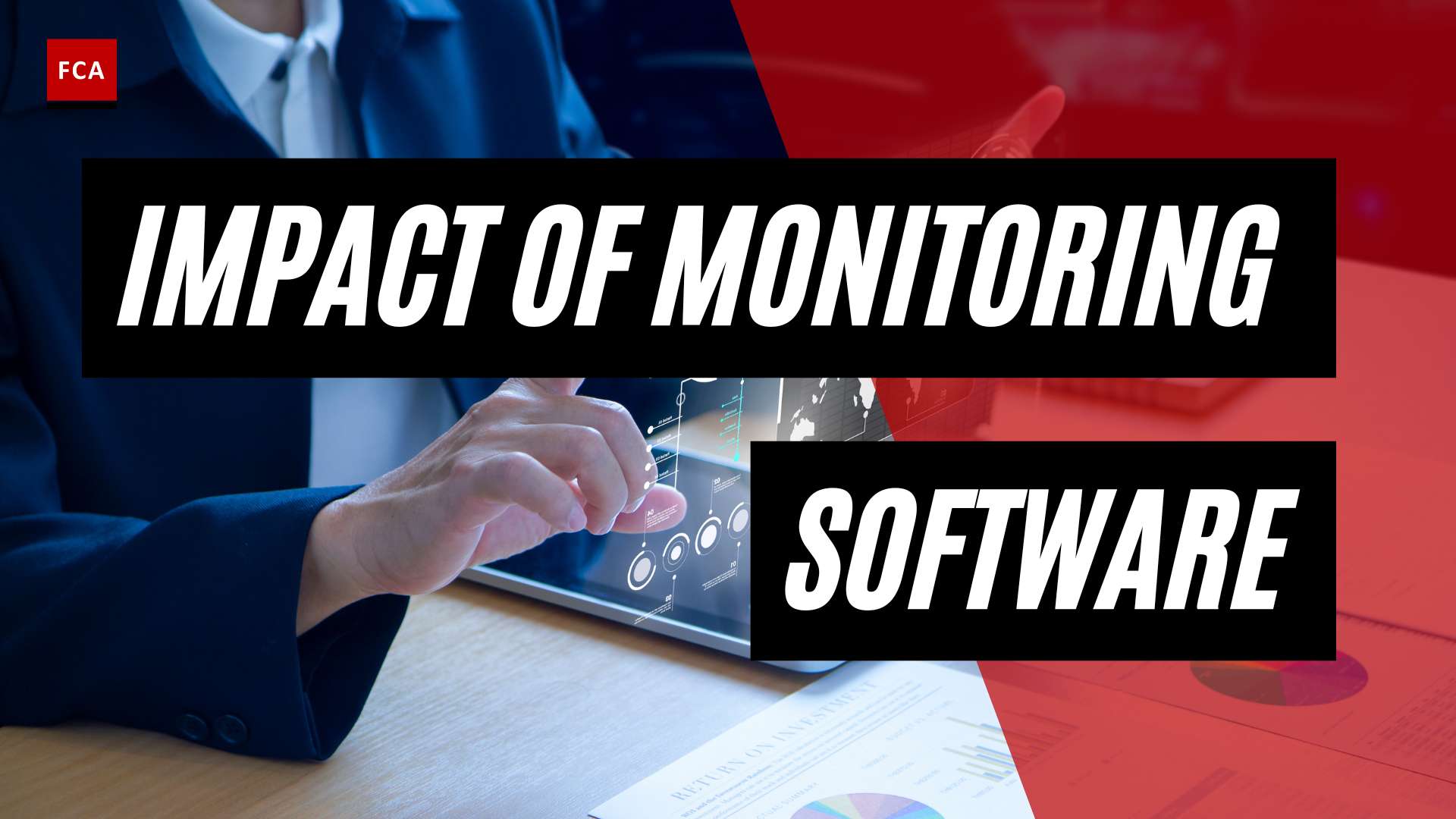Due to the large number of cases they create, monitoring systems are one of the main sources for identifying suspicious activity. Institutions are required to keep track of an extremely high volume of transactions on a daily basis. However, the rate at which alerts turn into SARs is very low. Suspicious Activity Reports, or SARs, come from regular controls, name screening, look-back exercises, and monitoring of transactions.
Sources of Suspicious Activity
Suspicious Activity Reports can come from outside sources like the news, requests from law enforcement, and third parties.
- The investigation of adverse media is becoming an increasingly significant source. Negative publicity can either be directed toward a specific customer or toward a larger event, such as the Panama Papers scandal, which sparked a number of separate inquiries. The release of the Panama Papers resulted in a significant increase in the number of SARs being filed. Another source of potentially damaging press coverage is when journalists approach financial institutions in order to obtain background information prior to publication. This practice has the potential to have significant repercussions, and it ought to be the impetus for opening an investigation.
- Requests from law enforcement, like subpoenas or requests for information, have the potential to result in SARs and contribute to ongoing investigations that law enforcement is conducting.
- A suspicious activity report may also have been based on information provided by a third party, such as a whistleblower. A complaint can be filed by a person who claims to have been the victim of a crime, and another financial institution can ask for information about transactions.
Final Thoughts
Financial institutions are required to keep track of an extremely high volume of transactions on a daily basis. Monitoring systems are one of the main sources for identifying suspicious activity. Suspicious Activity Reports, or SARs, come from regular controls, name screening, look-back exercises, and monitoring of transactions. Reports can come from outside sources like the news, requests from law enforcement, and third parties.









